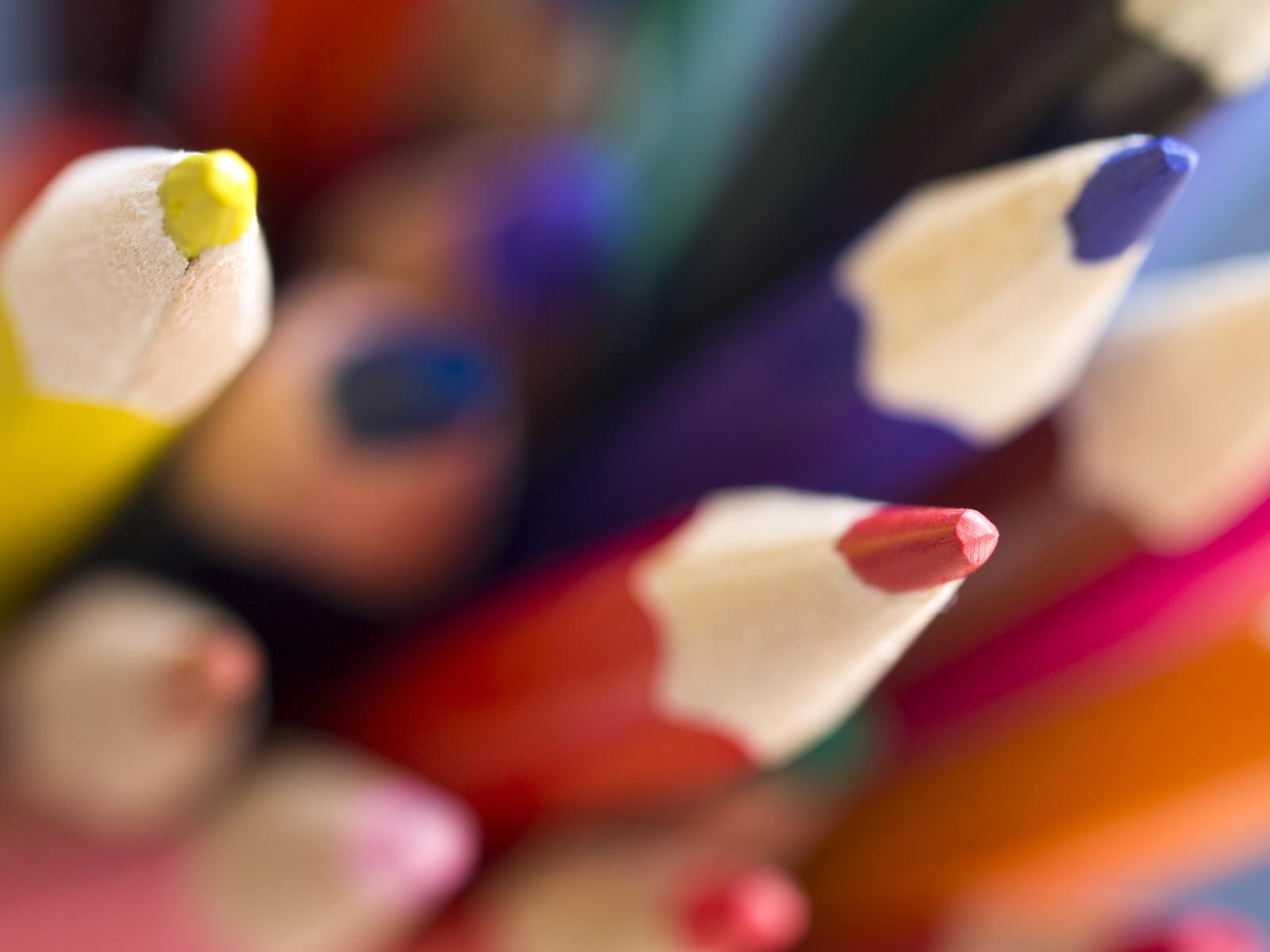
Chemistry
Starring ...Oxygen and Magnesium.... OMg !
Follow the progress of Mrs. Guglick's Chemistry Unit!
Changes of State
Substances change between states (Solids, Liquids, Gas)
Particle Theory of Matter
2. All particles have spaces between them.
3. Particles in matter are ALWAYS in motion.
4. Particles in a substance attract each other.
Matter has many forms
Matter can be in a single state, or be a combination of sates.
Styrofoam is a solid plastic with trapped air (gas).
Classification of Matter
Element = Pure substance that cannot be broken down into any simpler substance by
chemical means. (Found on the PERIODIC TABLE)
Compound = Pure substance that is made from 2 or more elements that are chemically
combined. (Carbon Dioxide, Water, Carbon Monoxide, Salt NaCl)
Heterogeneous Mixture = Mechanical Mixture or Suspension (Cereal, Stew)Homogeneous Mixture = Solution (Kool-aid, Coffee)
Mechanical Mixture (Heterogeneous)
Mechanical Mixture (Heterogeneous)
Homogeneous (Solution)
Physical Property
Three physical properties of the beach glass below:
Lusture (shiny) Colour (red, green, blue) Transparency (how see through it is)
Chemical Properties
Chemical properties includes how a substance INTERACTS with other substances.
Eg. Acids, water, heat, combustibility
Emits heat during reaction
Reacts with water
Forms a precipitate
Physical and Chemical Change
(cutting paper, grating cheese, melting ice, chopping wood)
Chemical Change: a change in matter that results in the formation of a new substance(s).
(cooking an egg, burning wood, metal rusting, copper oxidizing)
Chemical Change
same substance ... both types of change
Physical Change
Atomic Theory
2. All the atoms of an element are identical in properties such as size and mass.
3. Atoms of different elements have different properties.
4. Atoms of different elements can combine in specific ways to form new substances.
Sub-Atomic Particles
Protons - Positive charge - found in the nucleus
Neutrons - No charge - found in the nucleus
Electrons - Negative charge - found in energy levels surrounding the nucleus
Bohr - Rutherford Diagrams
Ions
Oxygen Atom
The way it appears in a Bohr-Rutherford diagram.
# Protons = # Electrons
Oxygen Ion
Oxygen has gained two electrons to make the outer shell full.
Now it has two MORE elecrtons than protons, making it more negative (by 2). The charge is then, -2.
Magnesium Ion
Magnesium only HAD two electrons in it's outer shell.
To become an ion, it was easier for Mg to get rid of 2 electrons, instead of trying to gain 6.
It is now more positive by 2, make it's charge +2.
Atomic Theory
1. All matter is made of small, indivisible particles called atoms
2. All the atoms of an element are identical in properties such as size and mass
3. Atoms of different elements have different properties.
4. Atoms of different elements can combine in specific was to form new substances.
J.J Thompson
Ernest Rutherford - Gold Foil Experiment
Rutherford conducted an experiment in which he shot positively charged particles at a very thin foil of pure gold. Based on his experiment he discovered the nucleus.
He calculated that the size of the nucleus compared to the rest of the atom was like the size of a single green pea compared to an entire football field!
Niels Bohr - Electron Energy Levels
Bohr studied the properties of electrons in atoms and helped to transform Rutherford's model into one of the models that is used today.
He suggested that electrons surround the nucleus in specific energy levels, called shells.
Elements on the Periodic table
Metals
1. Most of the elements on the periodic table are METALS.
2. Excellent conductors of electricity and heat.
3. Most are shiny and a silver or grey colour.
Non-Metals
1. Grouped together mostly because they do not resemble metals.
2. Not good conductors of electricity/ heat.
Metalloids
1. Have metallic and non-metallic properties.
2. Are generally 'semi-conductors' (conduct some electricity, but not very well)
Families of the Periodic Table
Trends of the Periodic Table
1. Number of valence electrons for each group.
2. Number of electron shells
3. Valence number (+1, +2, +3, +/-4, -3, -2, -1)
4. Reactivity (Group 1 is HIGHLY reactive, Nobel Gases are un-reactive)
Ionic Compounds
Ionic compounds are PURE SUBSTANCES that consist of at least one metal and
one non-metal. When two atoms combine, both atoms change into an ion (they both have full outer shells). - see pictures below
Molecular/ Covalent Compounds (Carbon dioxide, Water, Hydrogen Peroxide)
When non-metals combine, a pure substance is formed called a molecular/covalent compound.
These molecules SHARE electrons so that they can have a complete outer shell.
Naming Ionic Compounds
ex. Sodium and Chlorine (NaCl)
Name the Metal + Name of non-metal + ide = Sodium Chloride
Find the formula For an Ionic Compound
Step 1: Write down the element symbols
Step 2: Write the valence number above both symbols
Step3: "Criss-Cross" the numbers down
Step 4: Reduce or "simplify" if possible
(see example below)
































